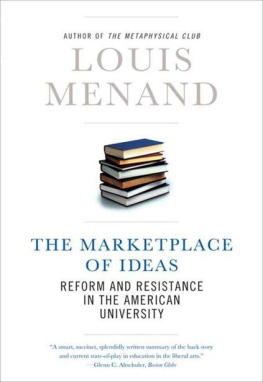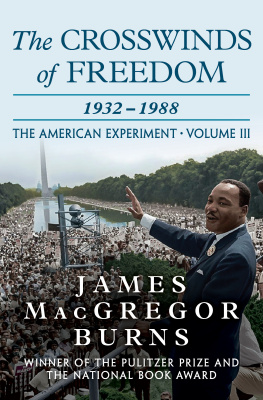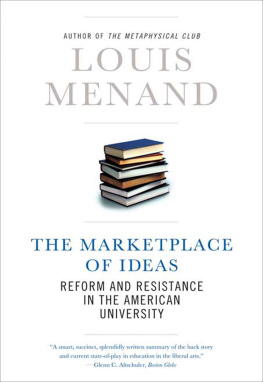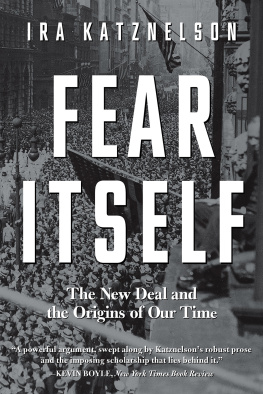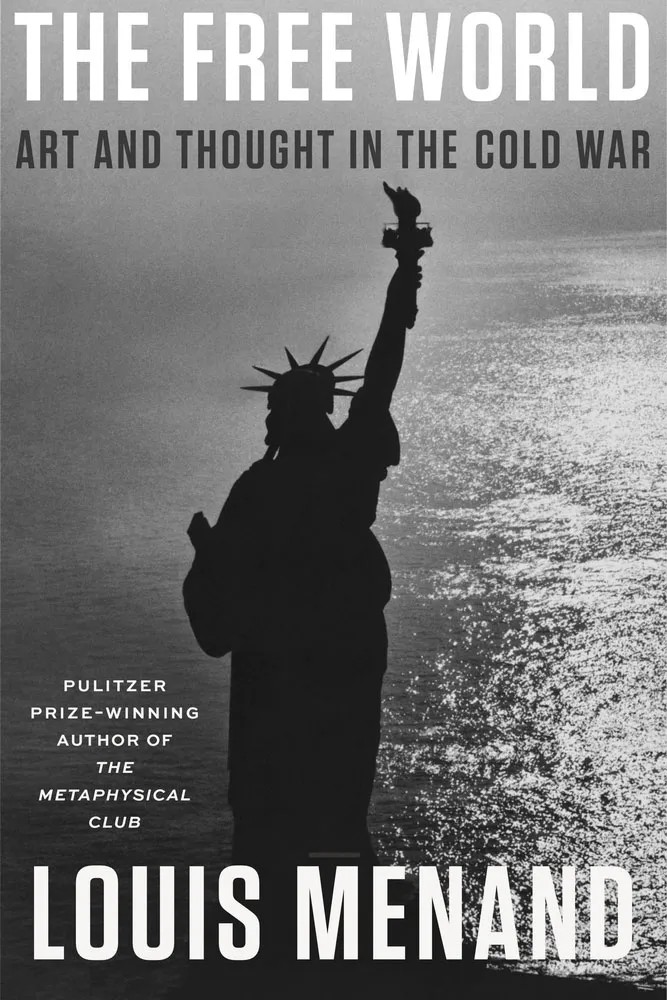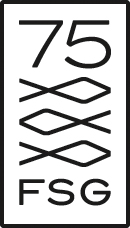Louis Menand - The Free World: Art and Thought in the Cold War
Here you can read online Louis Menand - The Free World: Art and Thought in the Cold War full text of the book (entire story) in english for free. Download pdf and epub, get meaning, cover and reviews about this ebook. year: 2021, publisher: Farrar, Straus and Giroux, genre: Politics. Description of the work, (preface) as well as reviews are available. Best literature library LitArk.com created for fans of good reading and offers a wide selection of genres:
Romance novel
Science fiction
Adventure
Detective
Science
History
Home and family
Prose
Art
Politics
Computer
Non-fiction
Religion
Business
Children
Humor
Choose a favorite category and find really read worthwhile books. Enjoy immersion in the world of imagination, feel the emotions of the characters or learn something new for yourself, make an fascinating discovery.

- Book:The Free World: Art and Thought in the Cold War
- Author:
- Publisher:Farrar, Straus and Giroux
- Genre:
- Year:2021
- Rating:4 / 5
- Favourites:Add to favourites
- Your mark:
The Free World: Art and Thought in the Cold War: summary, description and annotation
We offer to read an annotation, description, summary or preface (depends on what the author of the book "The Free World: Art and Thought in the Cold War" wrote himself). If you haven't found the necessary information about the book — write in the comments, we will try to find it.
Named a most anticipated book of April by The New York Times | The Washington Post | Oprah Daily
In his follow-up to the Pulitzer Prizewinning The Metaphysical Club, Louis Menand offers a new intellectual and cultural history of the postwar years
The Cold War was not just a contest of power. It was also about ideas, in the broadest senseeconomic and political, artistic and personal. In The Free World, the acclaimed Pulitzer Prizewinning scholar and critic Louis Menand tells the story of American culture in the pivotal years from the end of World War II to Vietnam and shows how changing economic, technological, and social forces put their mark on creations of the mind.
How did elitism and an anti-totalitarian skepticism of passion and ideology give way to a new sensibility defined by freewheeling experimentation and loving the Beatles? How was the ideal of freedom applied to causes that ranged from anti-communism and civil rights to radical acts of self-creation via art and even crime? With the wit and insight familiar to readers of The Metaphysical Club and his New Yorker essays, Menand takes us inside Hannah Arendts Manhattan, the Paris of Jean-Paul Sartre and Simone de Beauvoir, Merce Cunningham and John Cages residencies at North Carolinas Black Mountain College, and the Memphis studio where Sam Phillips and Elvis Presley created a new music for the American teenager. He examines the post war vogue for French existentialism, structuralism and post-structuralism, the rise of abstract expressionism and pop art, Allen Ginsbergs friendship with Lionel Trilling, James Baldwins transformation into a Civil Right spokesman, Susan Sontags challenges to the New York Intellectuals, the defeat of obscenity laws, and the rise of the New Hollywood.
Stressing the rich flow of ideas across the Atlantic, he also shows how Europeans played a vital role in promoting and influencing American art and entertainment. By the end of the Vietnam era, the American government had lost the moral prestige it enjoyed at the end of the Second World War, but Americas once-despised culture had become respected and adored. With unprecedented verve and range, this book explains how that happened.
Louis Menand: author's other books
Who wrote The Free World: Art and Thought in the Cold War? Find out the surname, the name of the author of the book and a list of all author's works by series.

